When selecting an axe, the steel type used in the blade is one of the most critical factors affecting its performance. Steel influences edge retention, durability, rust resistance, and how often maintenance is required. In this comprehensive guide, we will compare several popular axe brands and their steel choices, including Gränsfors Bruk, Hultafors, Adler, OX Head, Fiskars, and BeaverCraft.
1. Gränsfors Bruk: High-Carbon Steel for Precision and Durability
Gränsfors Bruk axes are crafted from high-quality carbon steel, a traditional material that has been used for centuries in toolmaking. The company uses a unique blend of steel with a carbon content of around 1%, giving their axes the perfect balance between hardness and toughness.
-
Advantages of High-Carbon Steel:
-
Sharpness & Edge Retention: Carbon steel blades can achieve a fine, sharp edge that lasts longer than many other steels. Gränsfors axes maintain their sharpness well during heavy use, making them ideal for precision tasks such as carving and detailed woodworking.
-
Toughness: While carbon steel can be more prone to chipping under extreme stress compared to other alloys, Gränsfors axes are designed to withstand hard use without compromising performance.
-
Disadvantages of Carbon Steel:
-
Rust & Corrosion: One of the major downsides of carbon steel is its susceptibility to rust and corrosion when exposed to moisture. Regular oiling and proper storage are essential for maintaining the blade in top condition.
-
Maintenance: Although it requires more care, many enthusiasts consider the upkeep a minor inconvenience for the sharpness and edge retention benefits.
-
2. Hultafors: Alloy Steel for Flexibility and Strength
Hultafors axes use a special blend of alloy steel, which combines carbon steel with other metals like chromium and manganese. This alloy steel offers a blend of hardness and flexibility, making it resistant to wear while being tough enough to handle impacts.
-
Advantages of Alloy Steel:
-
Wear Resistance: Alloy steel is highly resistant to wear and maintains its cutting edge for an extended period.
-
Impact Resistance: The flexibility of the steel allows the axe to absorb impact without cracking, making it a solid choice for chopping tasks and heavy-duty use.
-
Disadvantages of Alloy Steel:
-
Edge Retention: While alloy steel maintains durability, its edge may not be as razor-sharp as high-carbon steel. It is more balanced between sharpness and longevity.
-
Rust Resistance: Hultafors axes are treated with a protective coating to reduce rusting, but the steel itself is more resistant to corrosion compared to carbon steel.
-
3. Adler: Drop-Forged Steel for Toughness and Resilience
Adler axes are forged using high-quality drop-forged steel, a manufacturing process that enhances the steel’s overall toughness and durability. The drop-forging method compresses the metal, making the steel denser and stronger, which increases its resilience under heavy stress.
-
Advantages of Drop-Forged Steel:
-
Shock Absorption: Adler axes are designed to withstand extreme impact, making them ideal for felling and heavy chopping. The resilience of the steel absorbs shocks, reducing the risk of damage to the blade or handle.
-
Toughness & Durability: Drop-forged steel is known for its toughness, allowing it to maintain integrity over time without bending or breaking.
-
Disadvantages of Drop-Forged Steel:
-
Maintenance: Like carbon steel, Adler axes require regular maintenance to prevent rust. The blade's sharpness can be maintained through proper sharpening but may require more frequent honing than alloy steels.
-
4. OX Head: C50 Carbon Steel for Durability Under High Impact
OX Head axes are made from C50 steel, a high-carbon steel known for its durability under high-impact conditions. C50 steel has a higher carbon content than standard carbon steel, making it ideal for heavy-duty applications such as chopping and splitting.
-
Advantages of C50 Steel:
-
Resilience: C50 steel can withstand considerable force without damaging the blade, making it perfect for hard-use situations like felling trees.
-
Sharpness & Longevity: It holds an edge relatively well, but the sharpness may not last as long as higher-end carbon steels. Regular sharpening is required to maintain optimal cutting performance.
-
Disadvantages of C50 Steel:
-
Corrosion: Like all high-carbon steels, OX Head axes are susceptible to rusting if not properly maintained. Regular oiling is crucial to prevent corrosion and maintain the steel's strength.
-
5. Fiskars: Stainless Steel for Low Maintenance and Corrosion Resistance
Fiskars axes are made using stainless steel, which is a popular choice for tools that require low maintenance. Stainless steel is highly resistant to rust and corrosion, making it an ideal choice for those who use their axes in wet or humid conditions.
-
Advantages of Stainless Steel:
-
Corrosion Resistance: Stainless steel’s biggest advantage is its ability to resist rust and corrosion, which is a significant benefit for users in wet or coastal environments.
-
Low Maintenance: Fiskars axes require minimal upkeep compared to carbon steel axes, making them an excellent choice for beginners or users who prefer an axe that is easy to care for.
-
Disadvantages of Stainless Steel:
-
Edge Retention: While stainless steel is durable and resistant to corrosion, it typically doesn’t hold an edge as well as high-carbon steel. The blade may dull faster, especially during heavy use.
-
Sharpness: Stainless steel is harder to sharpen and might not reach the same level of precision as carbon steel. Fiskars axes are more suitable for general use rather than detailed tasks.
-
6. BeaverCraft: High-Carbon Steel for Precision and Craftsmanship
BeaverCraft axes are made from high-carbon steel, similar to the steel used in Gränsfors axes, but specifically designed for woodworking and carving. The steel allows for a finely-tuned, sharp edge that makes these axes particularly suited for precise, detailed work.
-
Advantages of BeaverCraft’s High-Carbon Steel:
-
Ideal for Carving: BeaverCraft axes excel in fine woodworking and carving tasks. The steel is capable of achieving a very sharp edge that stays true to its original form for intricate work.
-
Sharpness & Precision: The carbon steel offers superb edge retention, ensuring the axe performs well with minimal maintenance for detailed tasks.
-
Disadvantages of BeaverCraft Steel:
-
Rust Prone: As with other high-carbon steels, BeaverCraft axes require regular care to prevent rusting. Proper oiling and maintenance are essential for keeping them in optimal condition.
-
Regular Sharpening Required: While the steel holds a sharp edge, it can require frequent sharpening to maintain its precision, particularly with heavy use.
-
Conclusion: Which Steel is Right for You?
Choosing the right axe steel depends on the intended use and personal preferences.
-
For Precision and Long-Lasting Sharpness: High-carbon steel, such as that used in Gränsfors Bruk and BeaverCraft axes, is perfect for detailed tasks like carving and woodworking.
-
For Toughness and Flexibility: Hultafors’ alloy steel or Adler’s drop-forged steel provide a balance of strength, shock absorption, and wear resistance, making them great for felling and heavy chopping.
-
For Low Maintenance and Corrosion Resistance: Fiskars’ stainless steel excels in wet environments and requires minimal care, ideal for general-purpose use.
Each brand’s steel has its unique strengths, and understanding these differences can help you select the right axe for your needs. Whether you’re a seasoned lumberjack, a woodworking enthusiast, or just a casual camper, there’s an axe for every task.


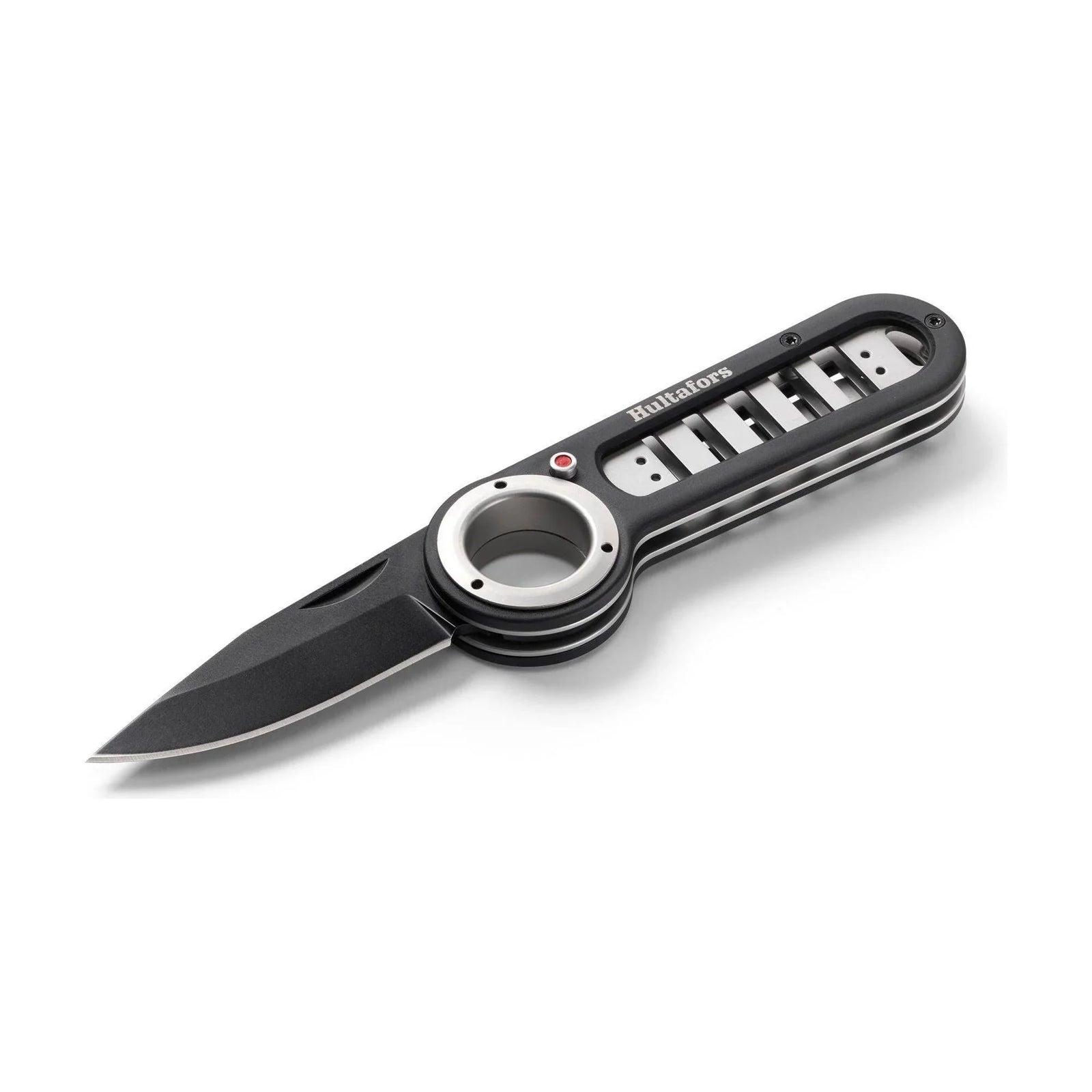
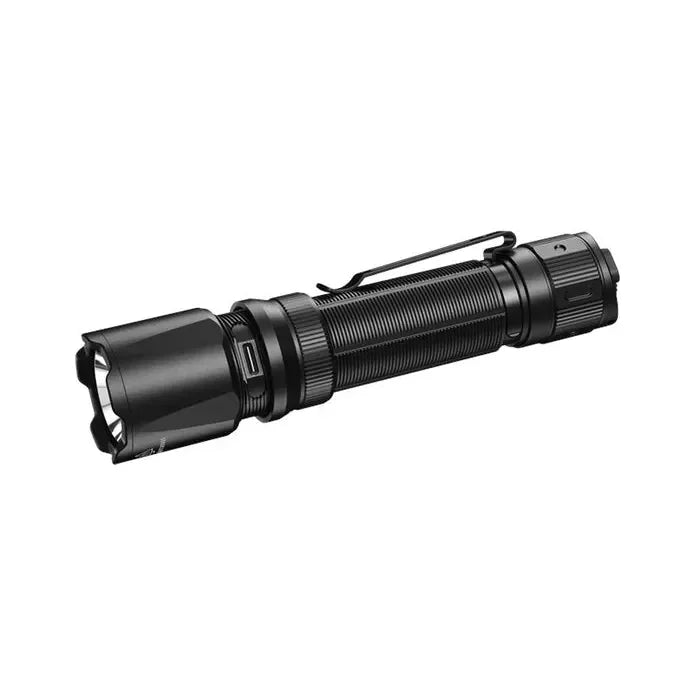
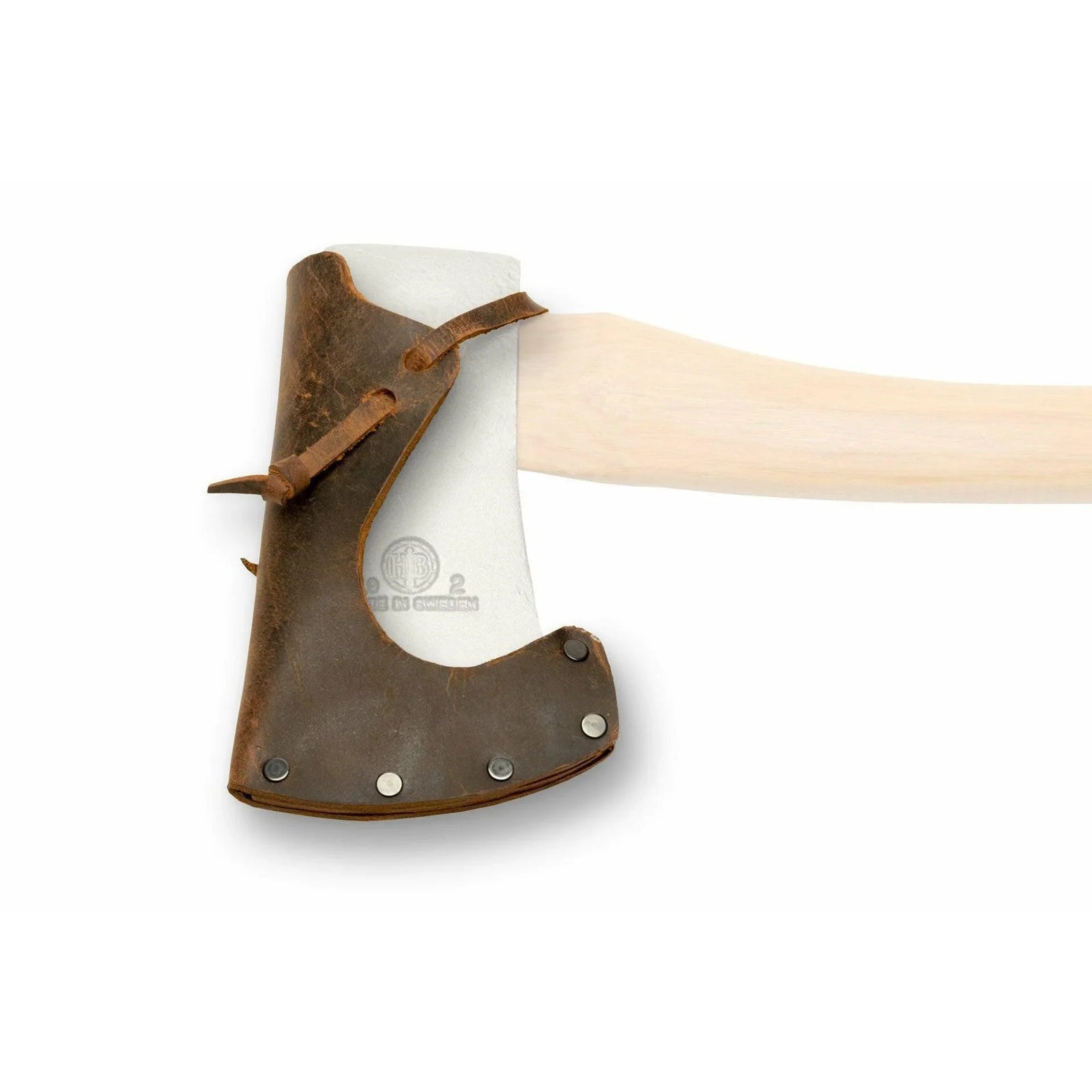
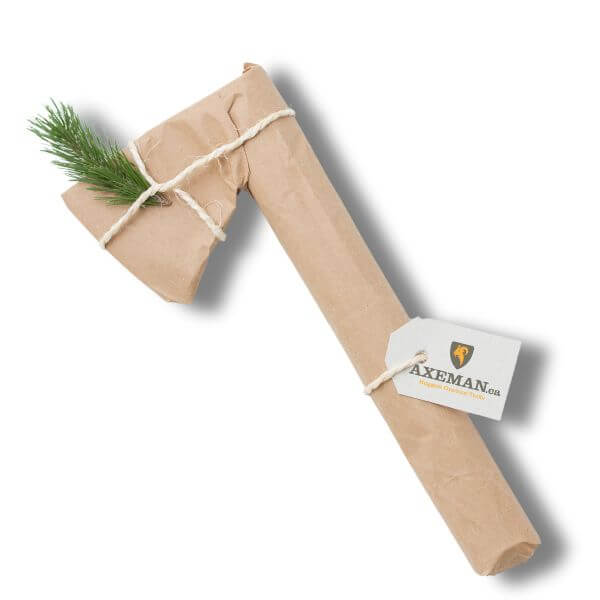
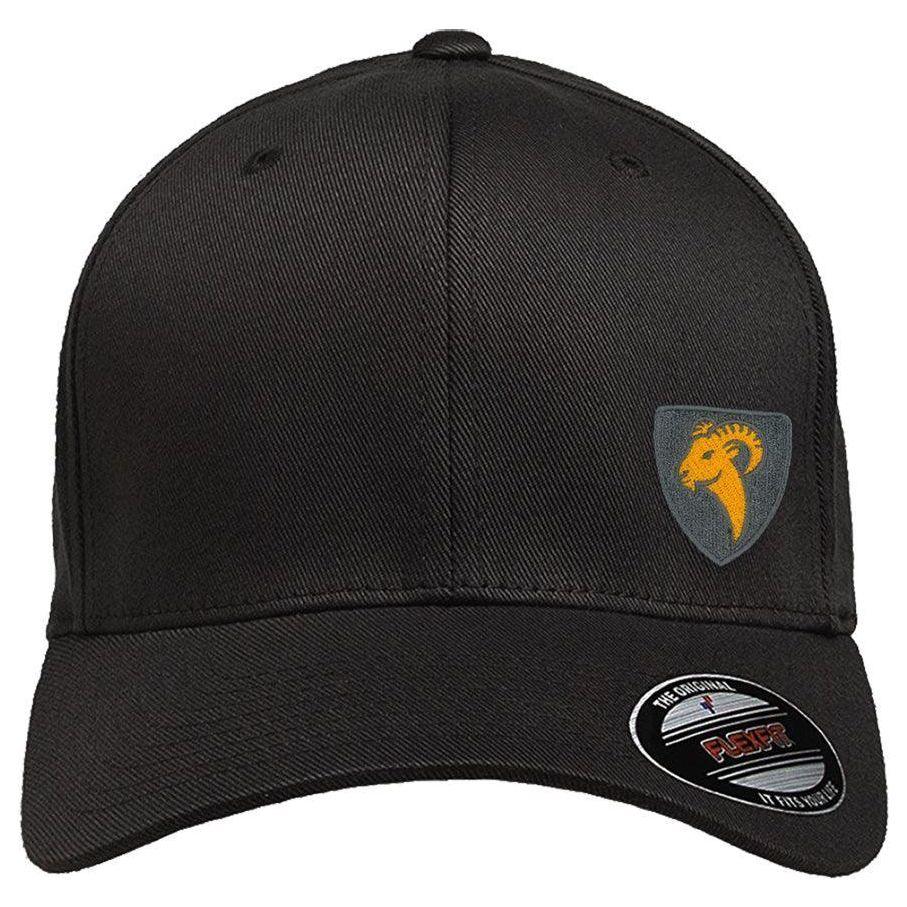
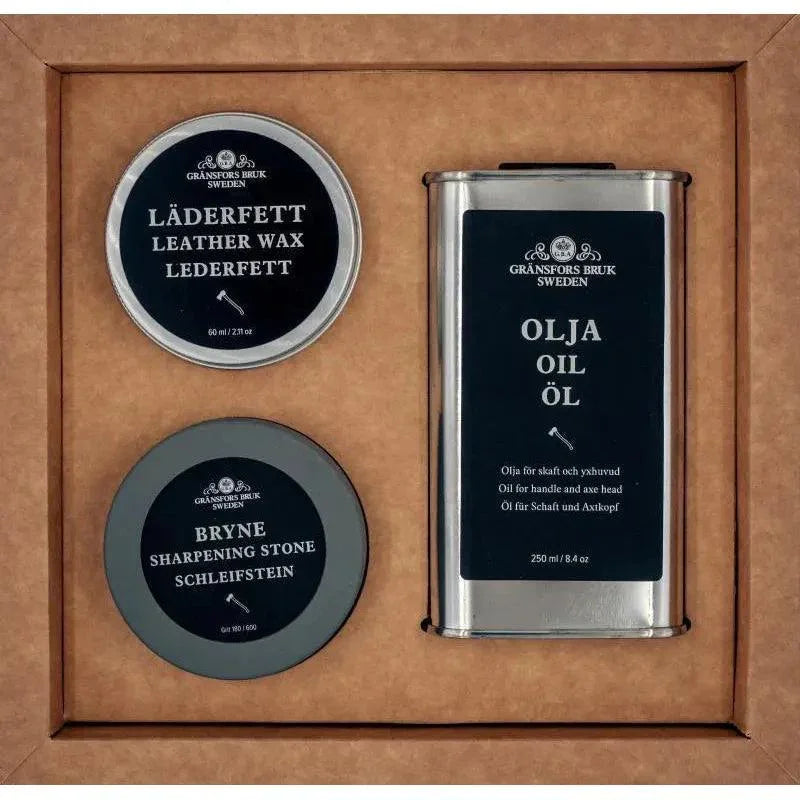
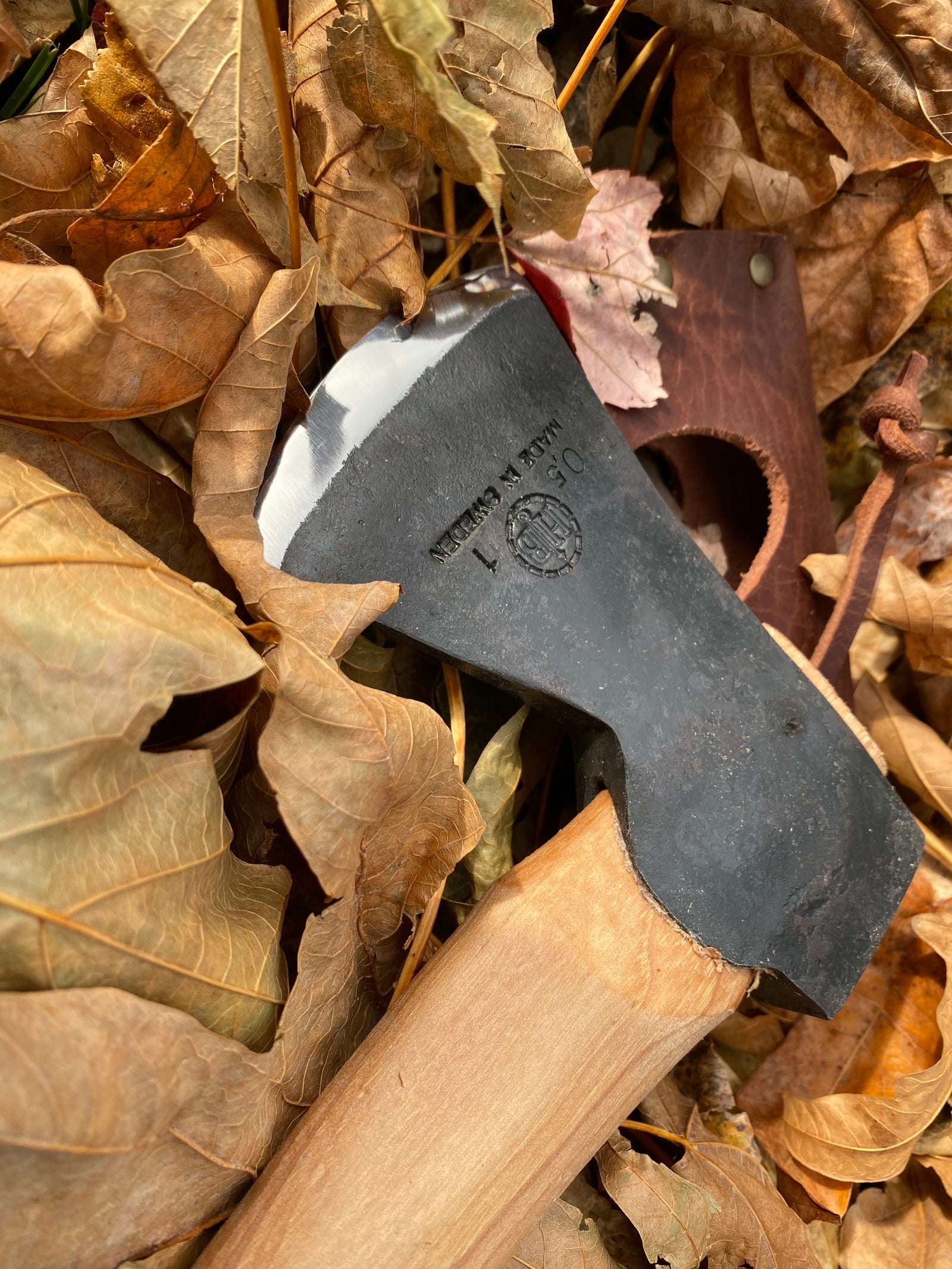
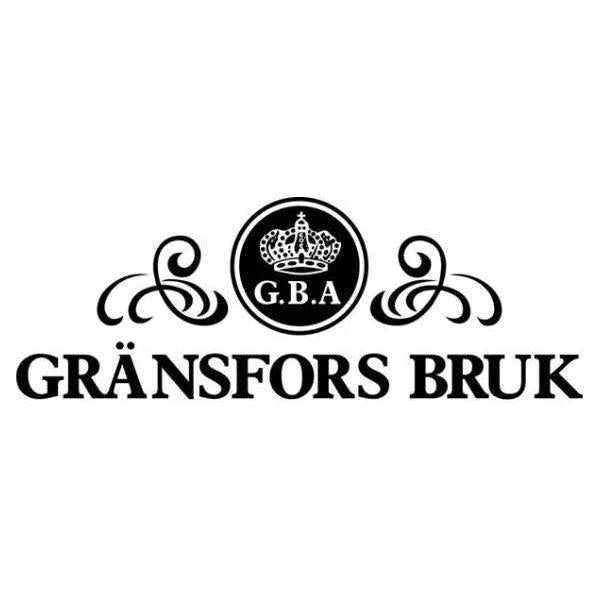
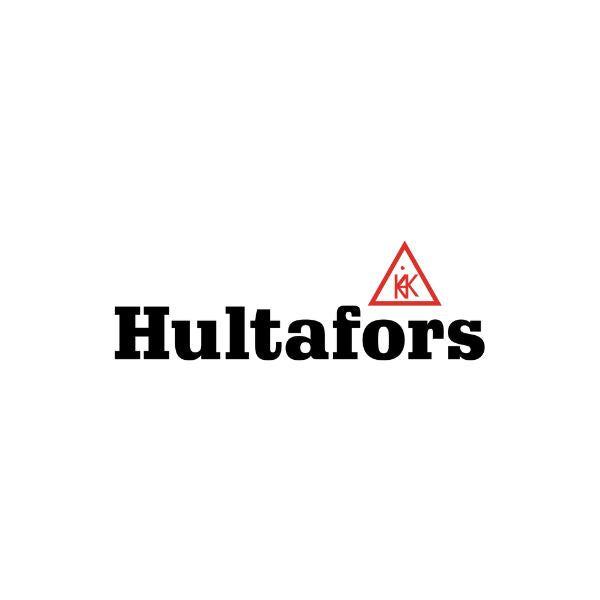
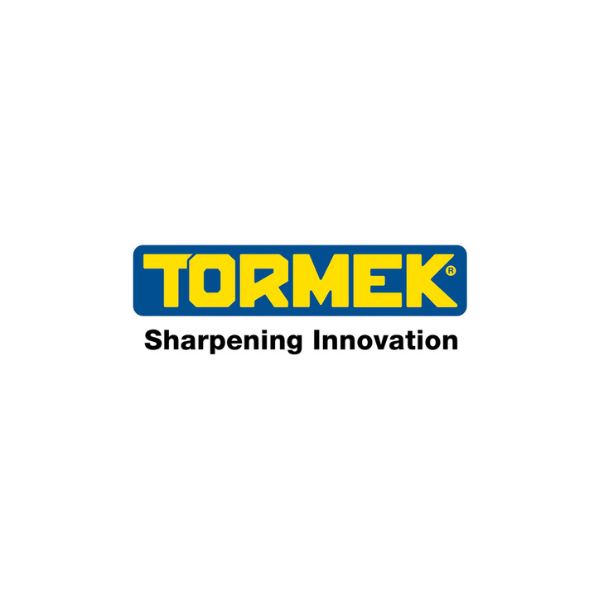
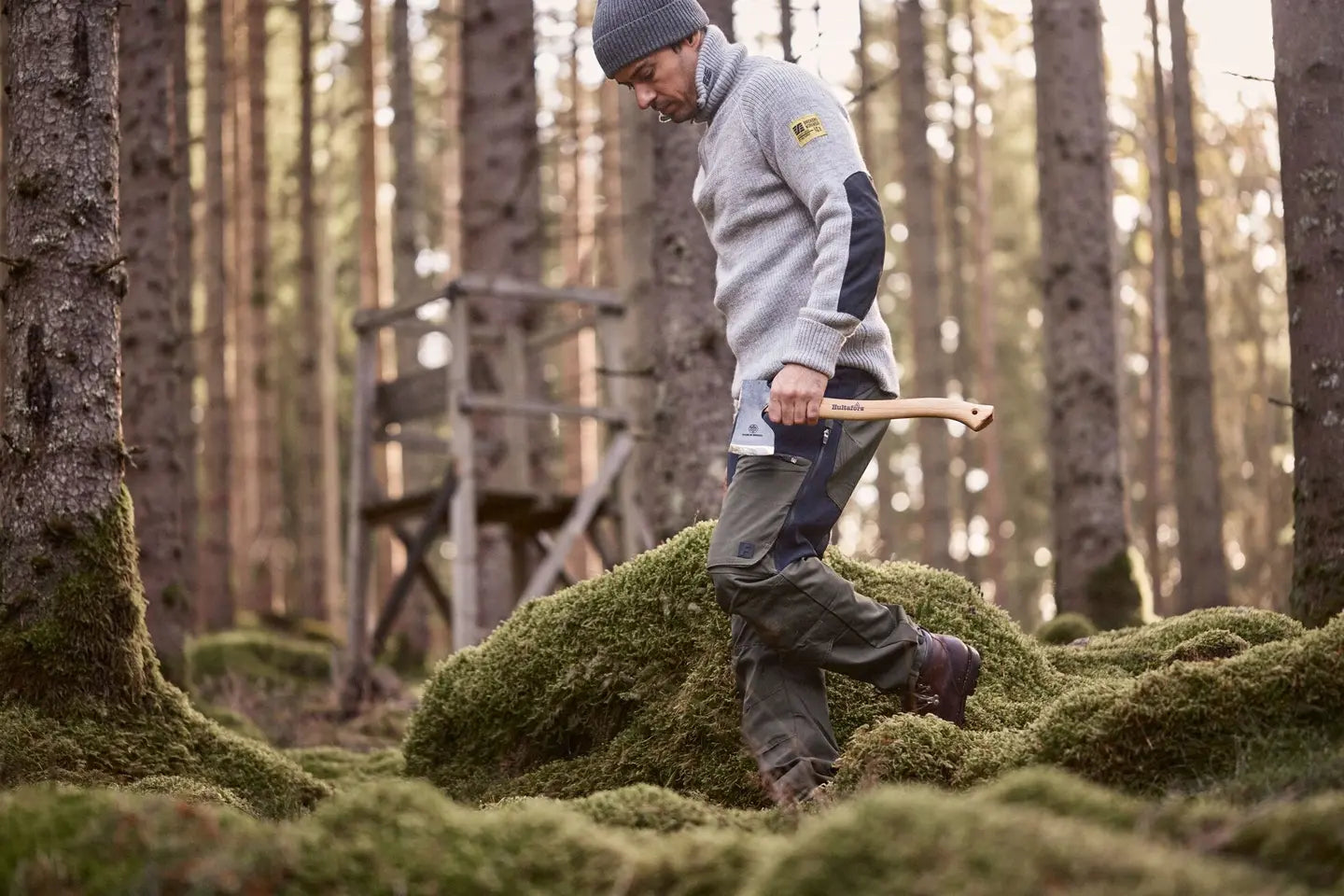
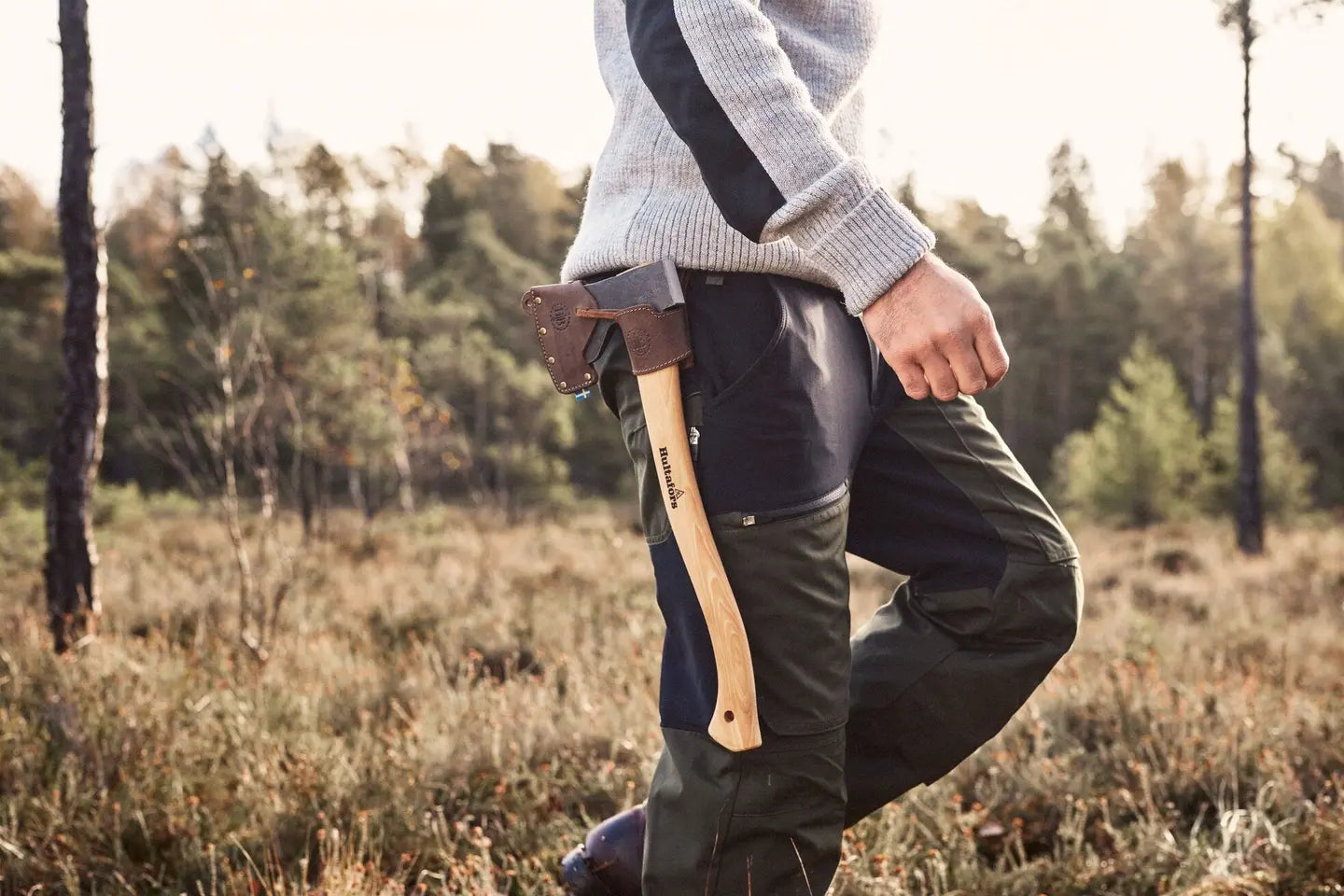
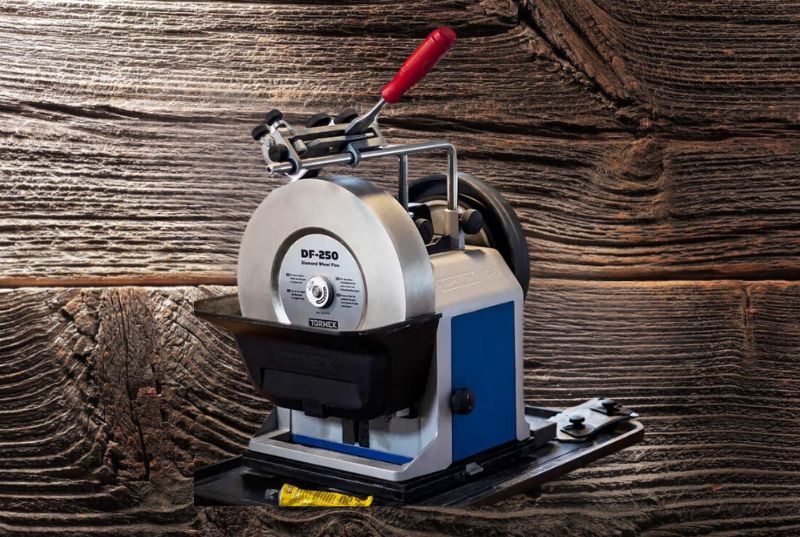
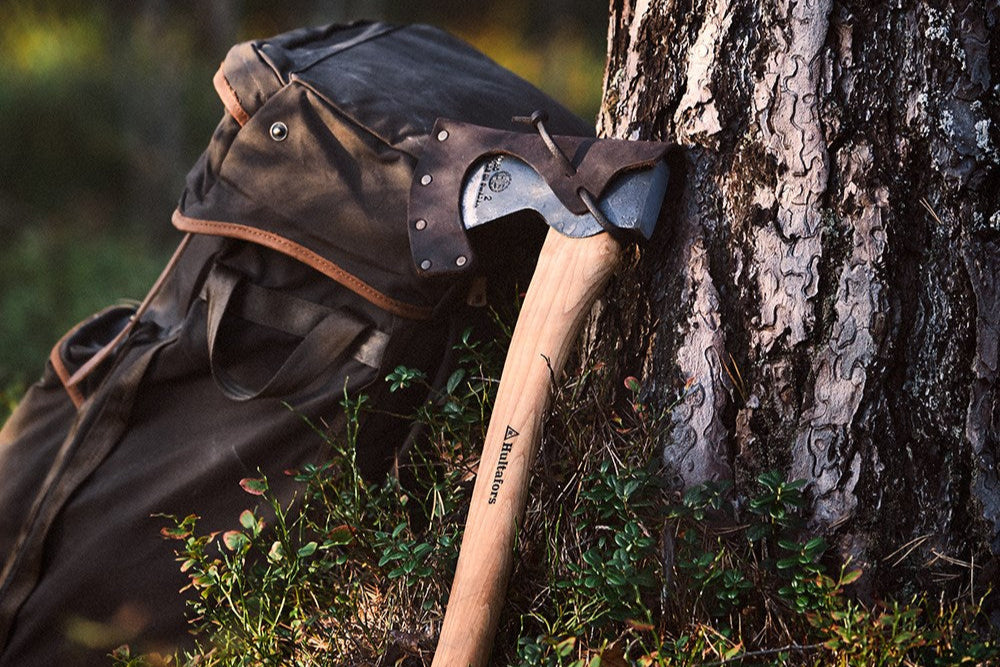

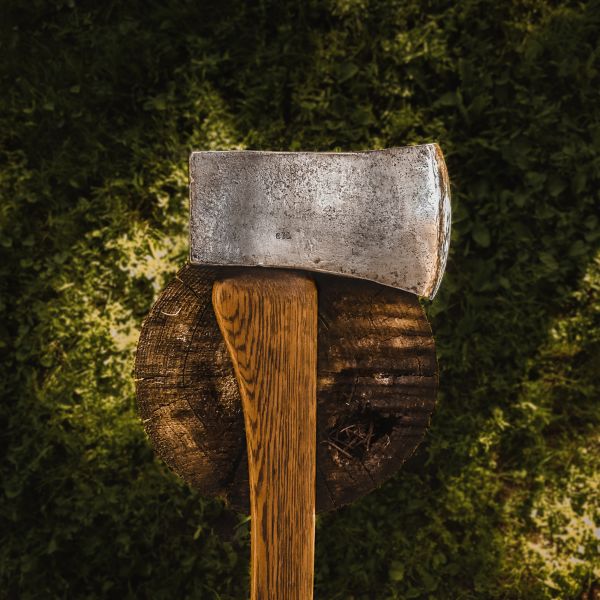
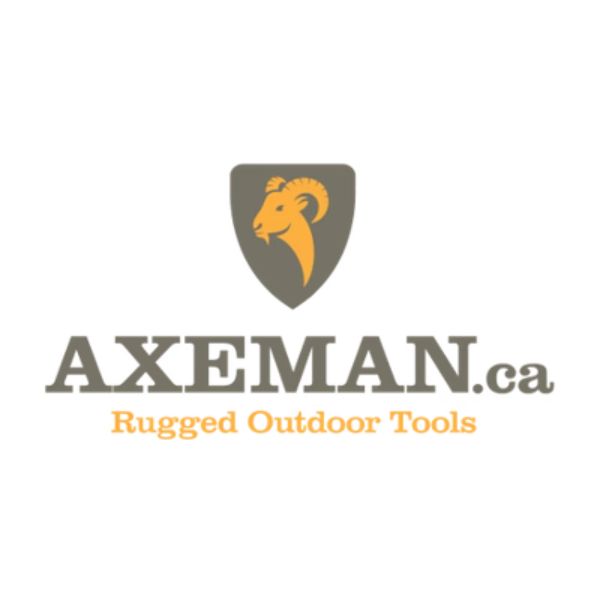





Leave a comment (all fields required)